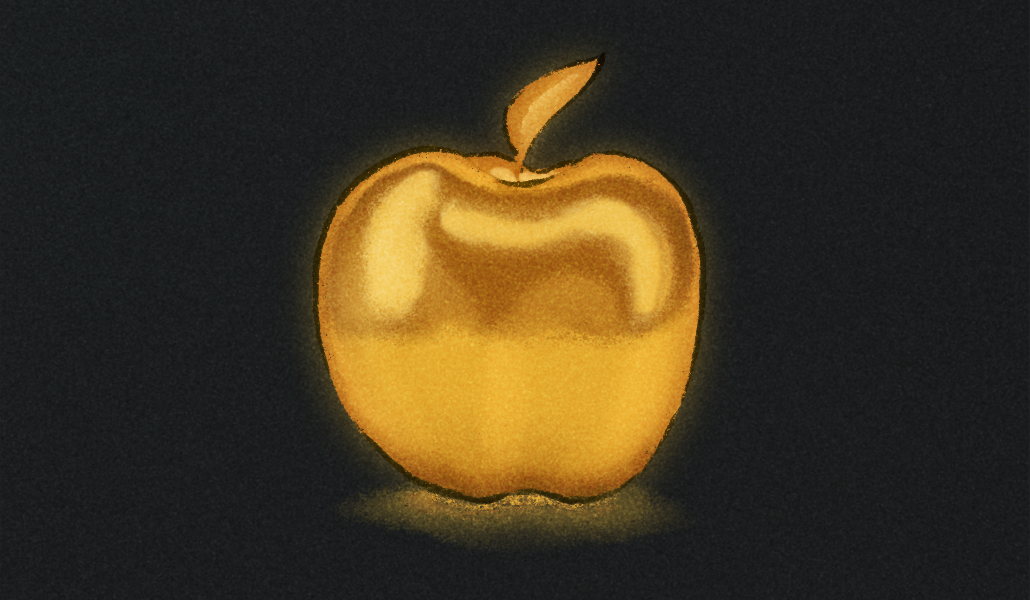THE USUAL DESIRE TO KILL
Though the title sounds like a murder mystery, in this case it refers to a feeling Miranda reports to her sister, Charlotte, by email, during a visit to their parents’ home: “You know what it’s like: the usual desire to kill.” That’s the sisters’ consistent reaction to spending time with their crotchety, ailing, brilliant parents (and their llamas, Lollo and Leonora). The portraits of Dad and Mum, delivered in the first person by actress/playwright Miranda, are the highlights of playwright Barnes’ fiction debut, along with the ongoing banter volleyed among all the characters. The book also includes emails between the sisters, letters written in the 1960s to someone named Kitty by “Your Loving Sister,” and a small number of sections written in the third person covering developments Miranda is not privy to. The book delights in arcane family rituals, code names, and practices: “doing the ducks”; characters referred to as DK (Dog Killer) and HQ (Headquarters); an apparently fictional sibling named James; the horrors of a finally retired chest freezer named Boswell, which was moved to France from England along with all its contents; a host of shared literary references, from Epictetus to Kipling, Shakespeare to Stevie Smith. Mum’s impending hip replacement surgery, to be performed in Paris, is the closest thing the book has to a plot—it occasions a gathering of all five family members, including Miranda’s 19-year-old daughter, Alice, at the parents’ home, where a few remaining mysteries are cleared up. Higher stakes would not have been a bad idea; as it is, the reader waits for something to knock these characters out of their patterns of humoring and needling and misunderstanding each other and it just doesn’t come, making for a melancholy denouement.


Though the title sounds like a murder mystery, in this case it refers to a feeling Miranda reports to her sister, Charlotte, by email, during a visit to their parents’ home: “You know what it’s like: the usual desire to kill.” That’s the sisters’ consistent reaction to spending time with their crotchety, ailing, brilliant parents (and their llamas, Lollo and Leonora). The portraits of Dad and Mum, delivered in the first person by actress/playwright Miranda, are the highlights of playwright Barnes’ fiction debut, along with the ongoing banter volleyed among all the characters. The book also includes emails between the sisters, letters written in the 1960s to someone named Kitty by “Your Loving Sister,” and a small number of sections written in the third person covering developments Miranda is not privy to. The book delights in arcane family rituals, code names, and practices: “doing the ducks”; characters referred to as DK (Dog Killer) and HQ (Headquarters); an apparently fictional sibling named James; the horrors of a finally retired chest freezer named Boswell, which was moved to France from England along with all its contents; a host of shared literary references, from Epictetus to Kipling, Shakespeare to Stevie Smith. Mum’s impending hip replacement surgery, to be performed in Paris, is the closest thing the book has to a plot—it occasions a gathering of all five family members, including Miranda’s 19-year-old daughter, Alice, at the parents’ home, where a few remaining mysteries are cleared up. Higher stakes would not have been a bad idea; as it is, the reader waits for something to knock these characters out of their patterns of humoring and needling and misunderstanding each other and it just doesn’t come, making for a melancholy denouement.
















































![How Marketers Are Using AI for Writing [Survey]](https://www.growandconvert.com/wp-content/uploads/2025/03/ai-for-writing-1024x682.jpg)








































































![How to Do Market Research & Better Understand Your Target Customers [Template]](https://www.hubspot.com/hubfs/market-research-buyers-journey_5.webp)













![Meta Outlines Open Source Contributions In 2024 [Infographic]](https://imgproxy.divecdn.com/YOYEhTrhLX1rsEjXqZJNhFf8sC0vMoNHeK_qbzpVVKY/g:ce/rs:fit:770:435/Z3M6Ly9kaXZlc2l0ZS1zdG9yYWdlL2RpdmVpbWFnZS9tZXRhX29wZW5fc291cmNlX2luZm8yLnBuZw==.webp)






